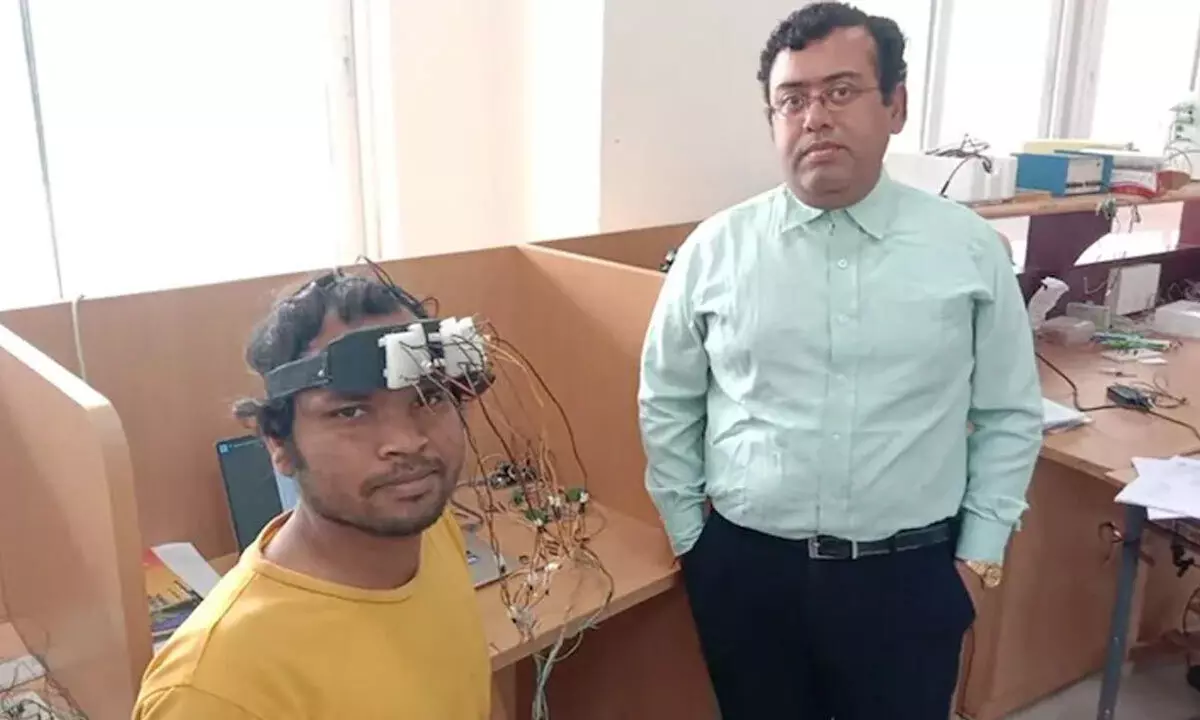Live
- Advocates Protest Misleading Land Allocation for Jogulamba Gadwal District Court Complex
- Good Swimmer, Lifejacket On’: Brother of Missing Man Holds Hope After Mumbai Boat Accident
- TTD Invites Proposals for 'Tirumala Vision-2047' Development Plan
- Champions Trophy 2025 Venue Revealed: India, BCCI Face Setback After ICC 'Compromise' Decision
- Apple vs. Meta: Privacy vs. Interoperability Under the EU’s Digital Markets Act
- District Collector Urges Swift Completion of Pending Construction Projects
- KTR Faces Case Over Rs 45-Crore Payment for Formula E Race in Hyderabad
- HYDRAA Demolishes Illegal Shops in Manikonda’s Alkapur Colony Amid Protests
- Why Dates Are a Winter Superfood: Top Health Benefits of Khajoor
- District Judge Ganta Kavitha Devi Conducts Surprise Inspection at Gadwal Government School









